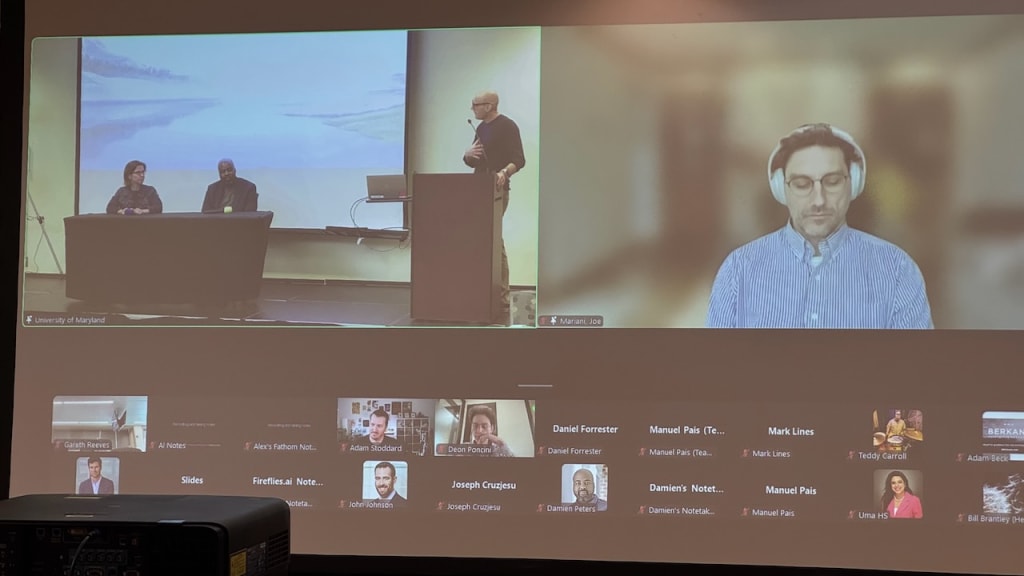What if the greatest source of waste in your organization isn’t tooling or structure, but a failure to coordinate?
Last week, we co-hosted the inaugural Coordination Crisis Summit, a hybrid event hosted at the University of Maryland’s A. James Clark School of Engineering, and it marked the start of a much-needed movement.

We brought together leaders across disciplines, including AI, agile, project management, design thinking, corporate culture, change management, product management, organizational design, and more, to engage in lightning talks, breakout sessions, and panel conversations to explore the root cause of what’s slowing organizations down: the coordination crisis.
This crisis isn’t small. It’s systemic. Previous studies have estimated the cost of poor coordination among knowledge workers at over $1.2 trillion in waste annually.
And as far as we know, this summit is the first to confront that number head-on, and to acknowledge the staggering loss of insight, time, energy, and potential that is fueling burnout and inflating customer-facing costs.
Together with our co-sponsor AlphaROC and their insights platform Occam, we launched the first national survey focused on the coordination crisis—capturing input from 994 technology leaders, managers, and contributors. The results are a wake-up call:
Over 50% of respondents spend up to half of their week on “work about work.”
1 in 3 say this leads to rework and errors.
28.3% say the cost is passed directly to customers, through missed deadlines, higher prices, degraded experiences. This is a double tax: internal friction that teams pay for in time and frustration, and that customers pay for in outcomes.
Download the full survey report here:
👉 https://epm.umd.edu/coordination-crisis-survey-results/
This isn’t a one-and-done report. It’s the start of a longitudinal study through Occam, because this crisis can’t be solved with point-in-time surveys–a real-time pulse we’ll continue to tap.
But the summit wasn’t just about diagnosis. It was about design. Specifically, coordination design.
We believe coordination is a strategic capability. The way people align, move, share context, and collaborate (through tools and through intention) must be thoughtfully designed—and done well, it unlocks a new kind of value, a coordination dividend.
At the summit, we dove in, produced a charter, and started exploring new ideas, including the ways AI might be able to bridge humans over coordination gaps.
To keep the momentum going, we’ve launched the Coordination Collective, which is a network of team leaders, practitioners, and vendors working to reduce friction, rethink coordination design, and build toward the dividend. If you want to, just click/tap in and we will put you into the community:
👉 https://www.linkedin.com/groups/13193839/
This isn’t about efficiency at the expense of people. It’s about making people count, and to give teams the context, clarity, and coordination they need to thrive.
We’ve had enough of the tax. It’s time to design for the dividend that comes from real-time and intentional coordination.

